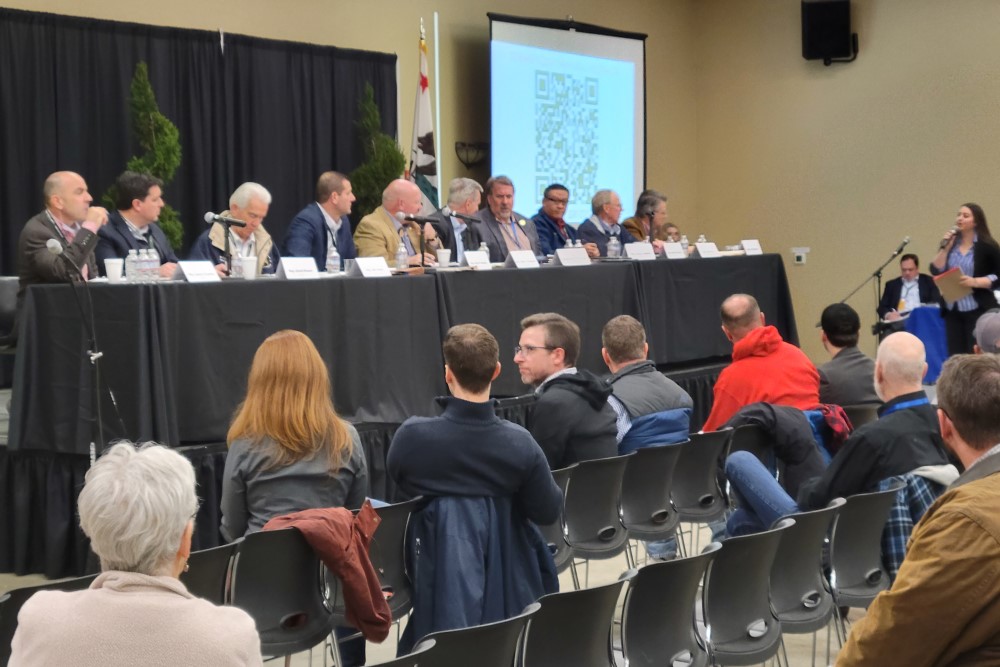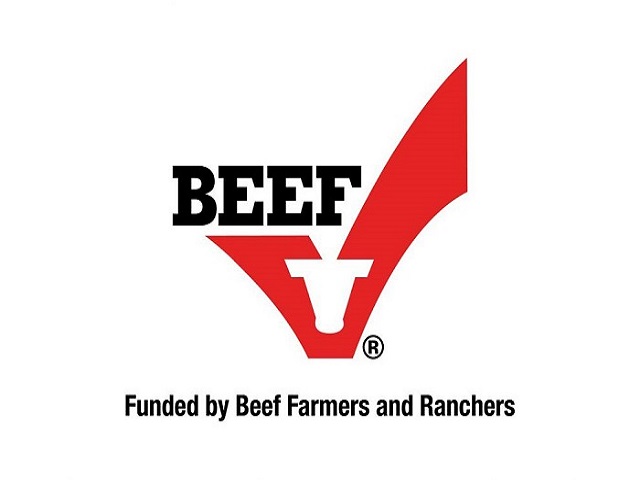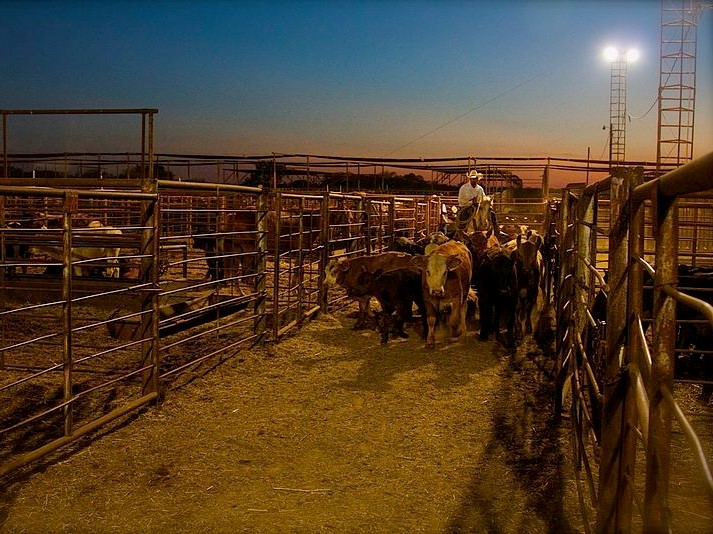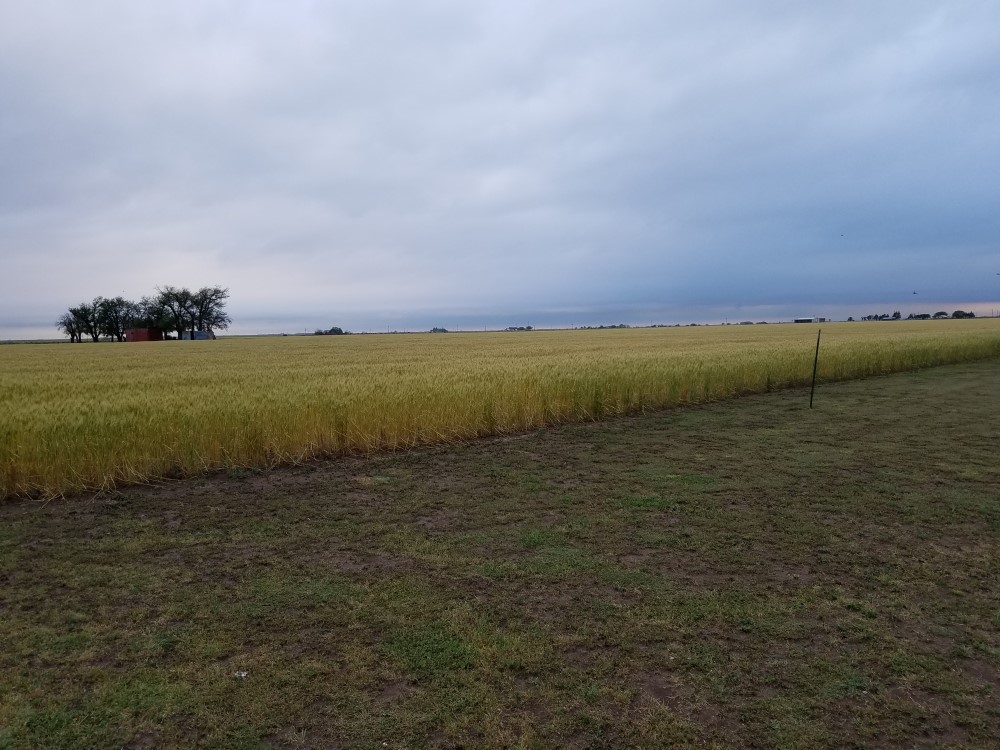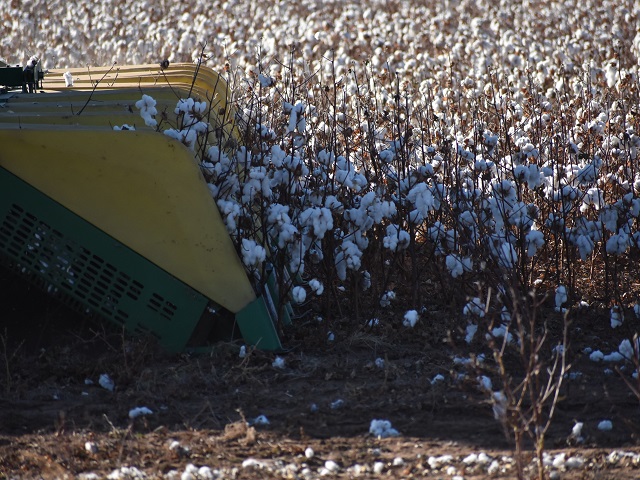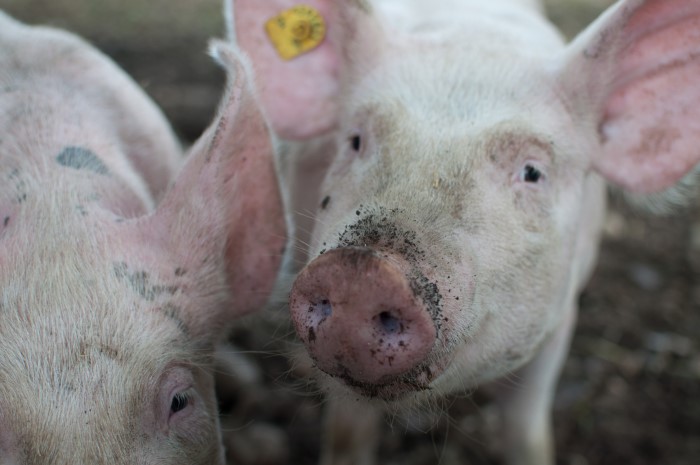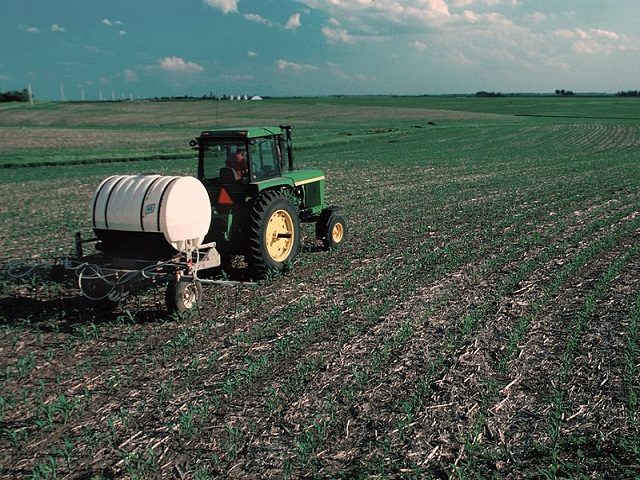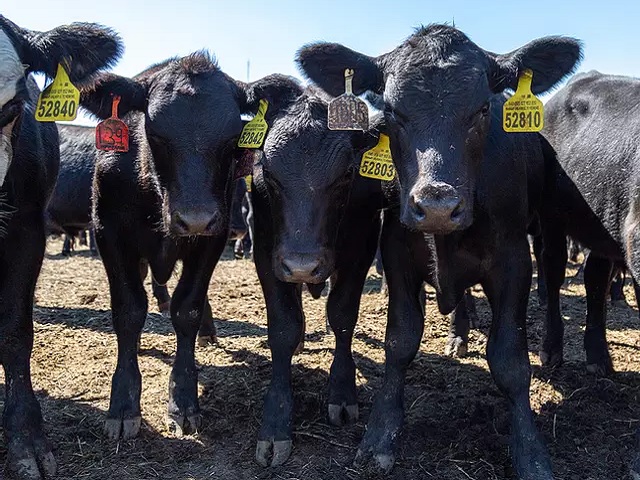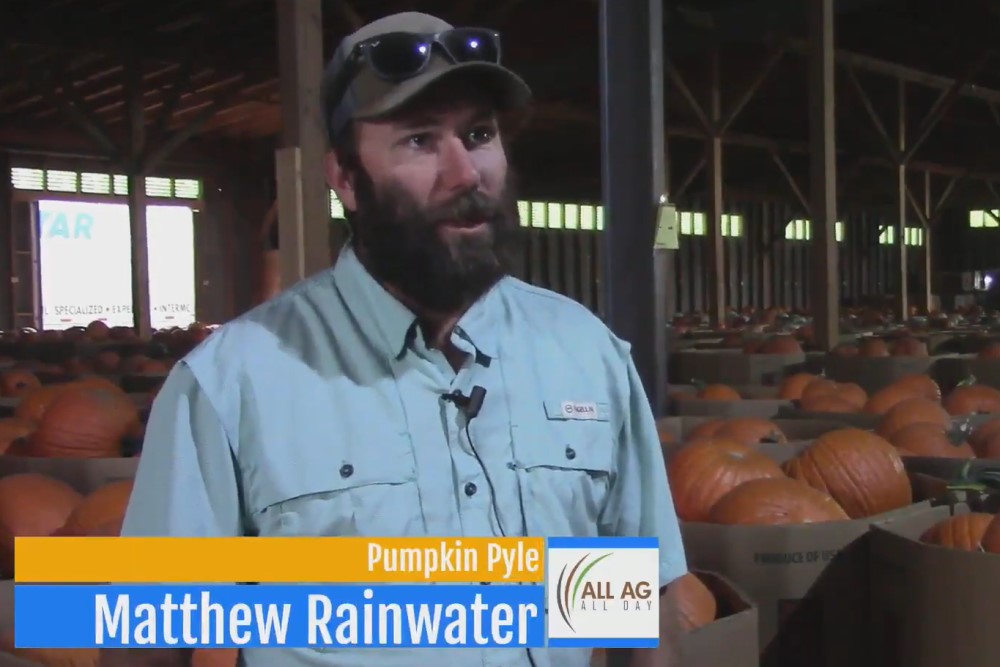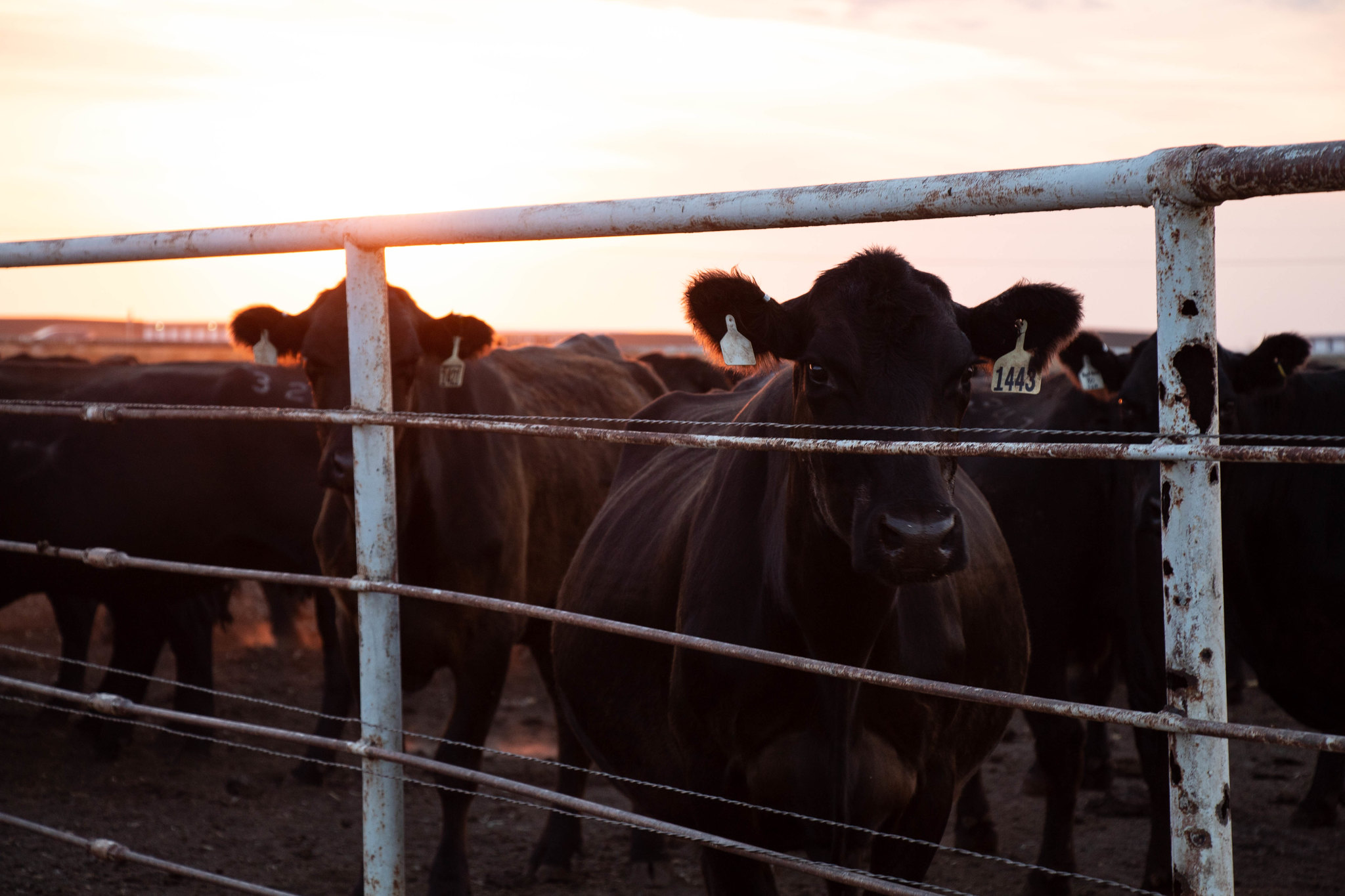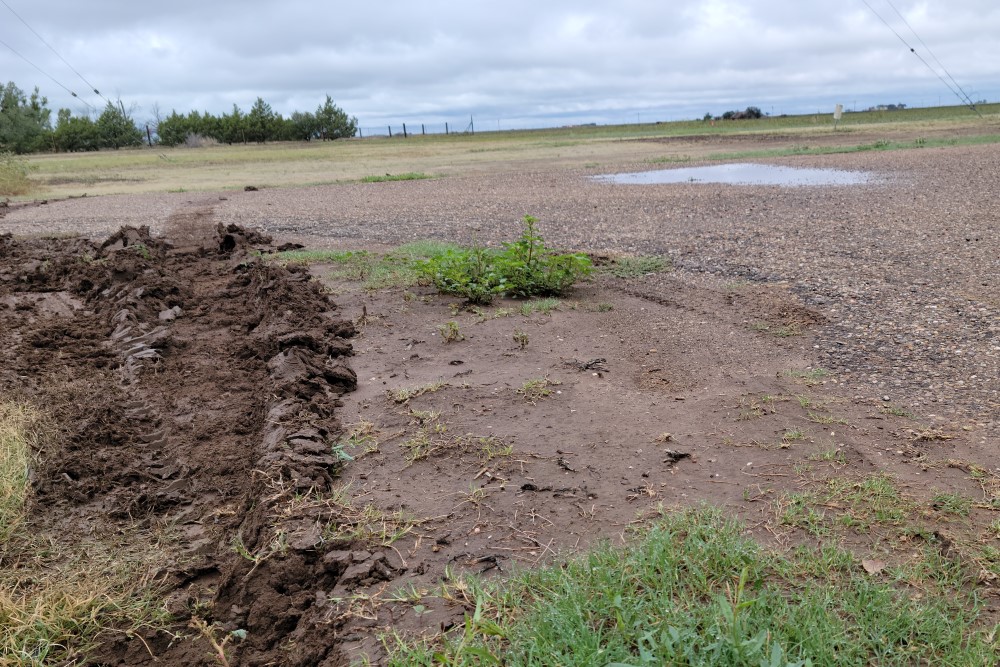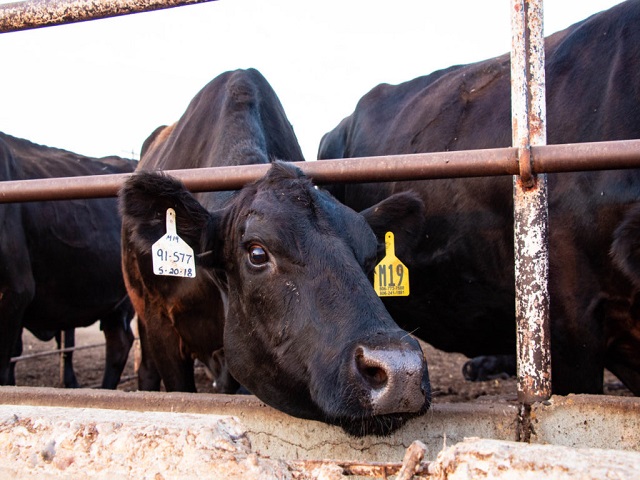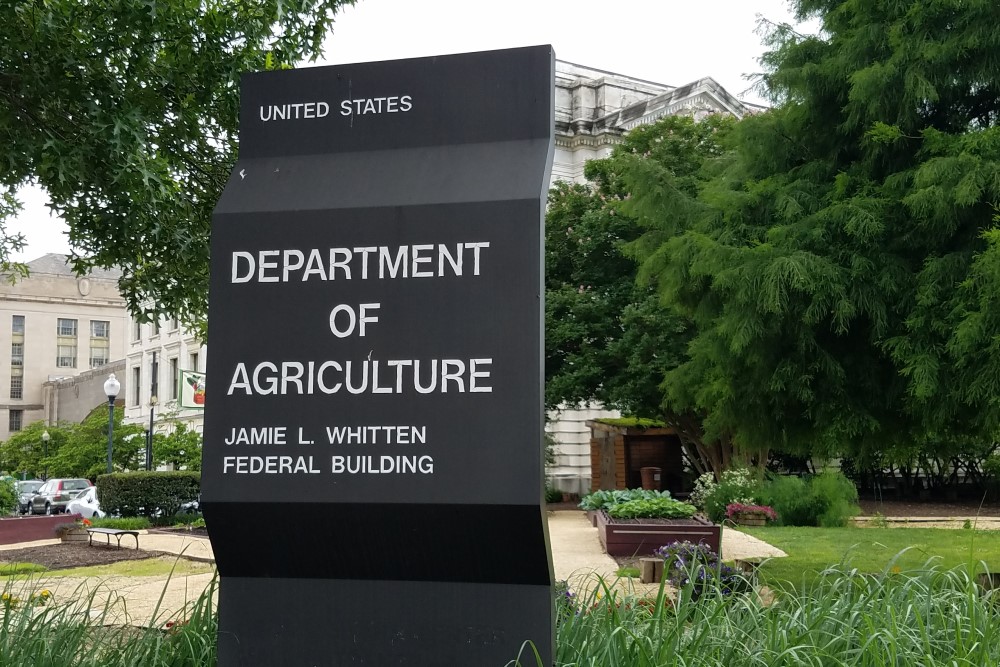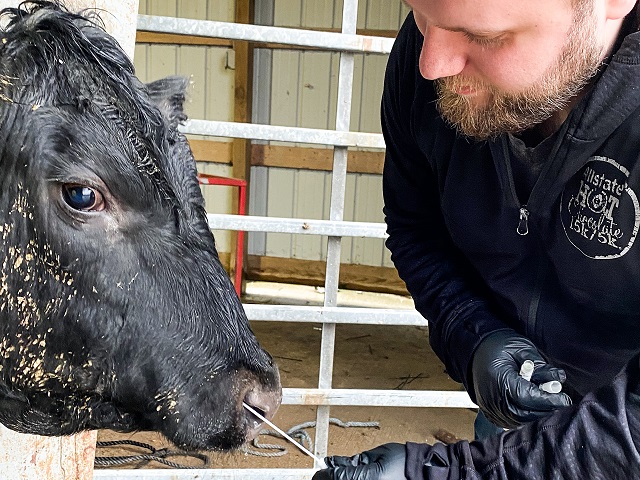Purdue University Closing in on Effective BRD Response
WEST LAFAYETTE, IN – One of the most prevalent and costly diseases in the cattle industry is BRD, or bovine respiratory disease, which accounts for about half of all feedlot deaths during the year. If producers could quickly diagnose the problem in animals, it could add up to $900 million dollars back to the industry.
Today, with the help of a $1 million investment by the National Institue of Food and Agriculture, researchers at Purdue University may be able to help producers identify cattle affected by BRD in less than 30 minutes.
“Bovine respiratory disease can be triggered by a number of bacteria and viruses, making treatment decisions difficult. By the time a test comes back in four or five days, the disease may have killed the calf or spread to many others in the feedlot,” says Mohit Verma, an assistant professor of agricultural and biological engineering.
Veterinarians currently treat BRD with antibiotics that are effective against the most common bacteria that cause the disease. But it’s possible the bacteria is resistant to the chosen antibiotic, making treatment ineffective. Expediting quick and accurate diagnoses while aiding in choosing the correct antibiotic the first time can save calf lives and reduce unnecessary antibiotic usage.






